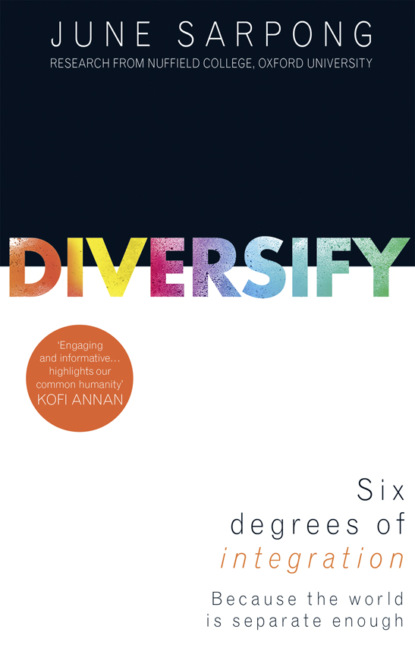По всем вопросам обращайтесь на: info@litportal.ru
(©) 2003-2024.
✖
Diversify: A fierce, accessible, empowering guide to why a more open society means a more successful one
Автор
Год написания книги
2019
Настройки чтения
Размер шрифта
Высота строк
Поля
I was fortunate enough to discuss this issue in detail with Geena when she delivered the keynote address at the WIE New York 2012 that I helped to organize, and some of the data from her research is quite startling.
• Only 16% of protagonists in film are female.
• Only 7% of film directors and 10% of writers are female.
• There were only 13 female protagonists in animated movies between 1937 and 2005.
• The female characters in G-rated family movies are just as likely to wear revealing clothing as in R-rated (effectively 18-rated) movies.
• More than 70% of the women on TV are in their twenties and thirties.
The Institute’s findings point to a systemic problem at the very core of the industry: the decision makers in the commissioning meetings, and maybe even the writers and directors themselves, are unwilling to put women at the heart of their stories. Geena is very frank about the problem: ‘All of Hollywood is run on one assumption: that women will watch stories about men, but men won’t watch stories about women. It is a horrible indictment of our society if we assume that one half of our population is just not interested in the other half.’
In some ways, we are trapped in a vicious circle here. Boys see from early on that male superheroes have a wide range of abilities, but the female’s superpower will primarily be that she looks good in a tight outfit. That may well be nice to look at, but it can’t be called interesting. In a world where women on screen are idolized primarily for their appearance and rarely given stories of much depth or complexity, it’s no wonder that it’s been hardwired into all of society that women are not interesting to men.
Вы ознакомились с фрагментом книги.
Приобретайте полный текст книги у нашего партнера:
Приобретайте полный текст книги у нашего партнера:






